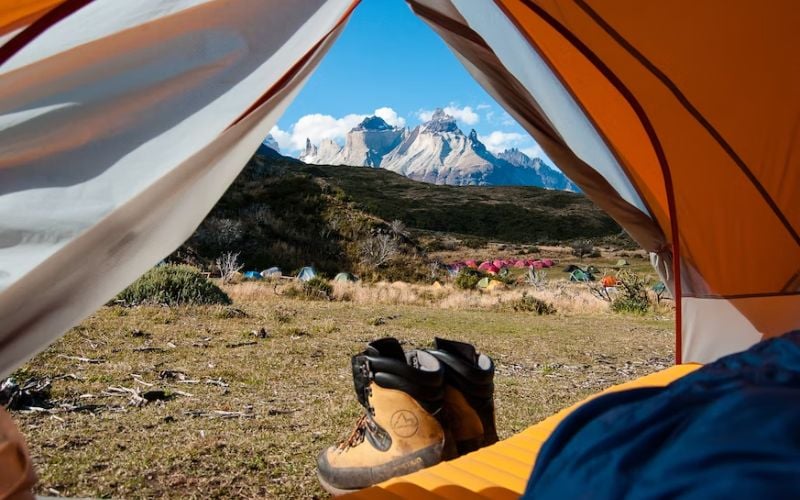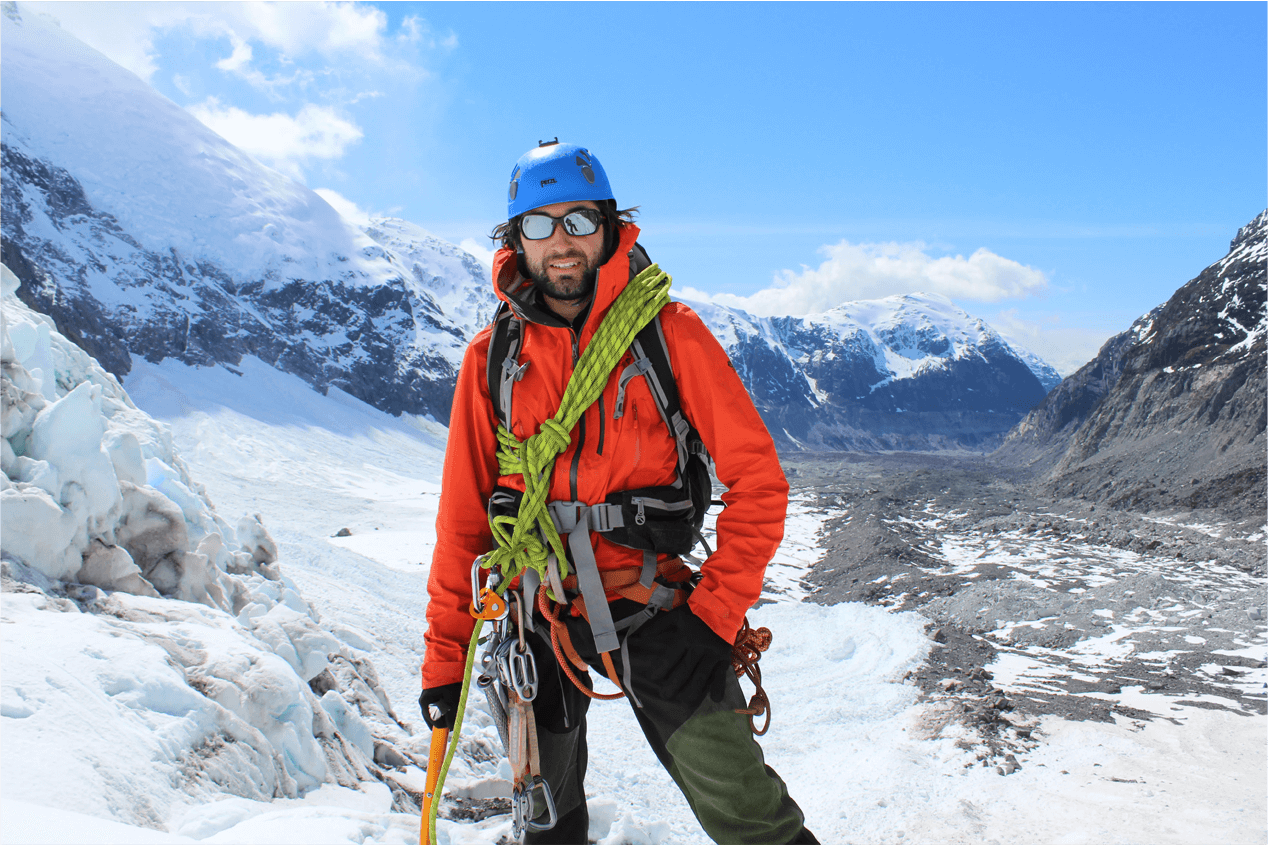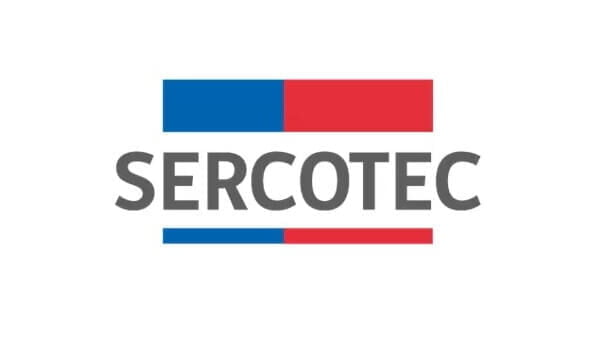Sara Larraín, Sustainable Chile Program
Chile is a mountainous country, where 70% of the population supplies water from mountainous areas, whose most important support is snow and glaciers that ensure drinking water to the population, the maintenance of ecosystems and the continuity of economic activities, especially agriculture.
Global glaciers are currently retreating due to global warming. In addition, in the case of Chile, glaciers are being directly intervened by mining (Berland 2016), by building roads on them, which generates dust that deposits and accelerates their melting, drilling and mass removal of ice with heavy machinery during exploitation, burying the glaciers under sterile dumps (Contreras e Illanes, Brenning 2008, Sustainable Chile, 2011; Bodin, 2018). The situation is especially critical in the north and center of the country.

In recent decades mining has intervened glaciers between the Atacama and Metropolitan Regions caused the loss of huge freshwater reserves and polluted water, affecting human consumption, agriculture, and ecosystems. This destruction has exacerbated desertification, making cities, agriculture, and ecosystems more vulnerable in a context of increased water narrowness due to climate change.
The most well-known case of glacier destruction is Pascua Lama, a gold mining project of the Company Barrick Gold, which during its explorations between 1981 and 2000 irreversibly destroyed 62% of the Toro 1 Glacier, and 71% of the Toro 2 Glacier in the upper Huasco River basin (Golder Associates, 2005a). The environmental permit given to Barrick Gold in 2005 allowed it to mine gold underground under the glacier area and also deposit discard material on the largest rock glacier in the headwaters of the El Estrecho River in the Huasco basin (Golder Associates 2005b). After repeated sanctions, this miner’s operations were shut down in 2013. Subsequently, in 2017, the Superintendency of the Environment expired the Environmental Qualification Resolution.
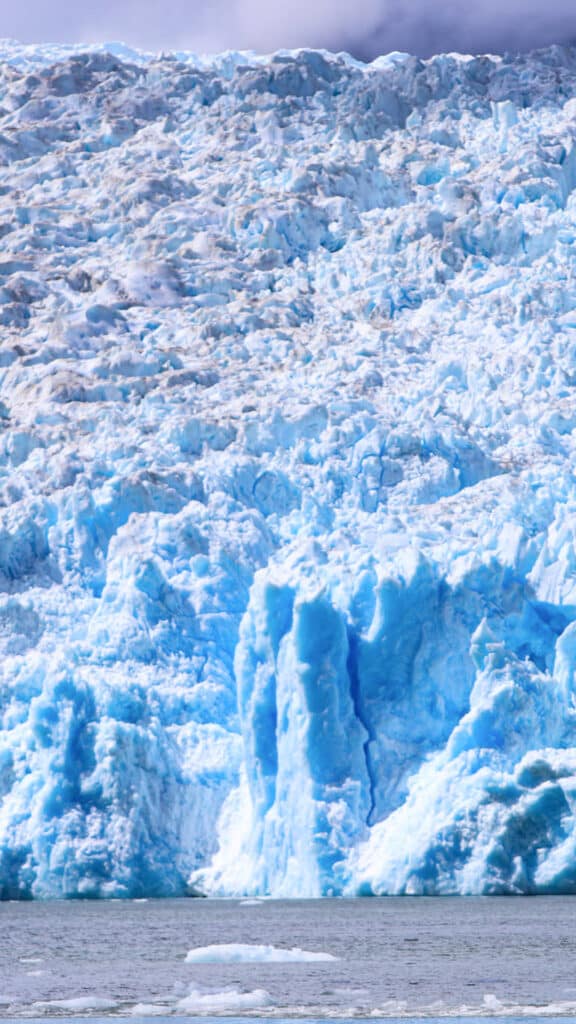
In the Coquimbo region, Minera Los Pelambres de Antofagasta Minerals has been developing mining activities in the upper Choapa River basin since 2005, generating serious impacts on rock glaciers and water resources. In this basin scientists identified 15 rocky glaciers between 3,500 and 3,900 m. snm (mostly active glaciers), of which 4 disappeared almost completely by the ballast deposit on them and two others were intervened by the construction of roads (Brenning and Azócar, 2010). These material removal and deposit activities were not included in the environmental studies submitted to the authority, although the existence of these glaciers since 1998 (Geoestudios, 1998) was known. Pelambres’ interventions between 2000 and 2006 affected permanent fossilized water reservoirs equivalent to 2.84 million cubic meters of fresh water, a loss not foreseen in the environmental assessment process of the mining project (Azocar and Brenning 2008).
In the Valparaiso region, Codelco Andina has hit rocky glaciers since 1980 in the upper basin of the Aconcagua River, making almost completely disappear two rocky glaciers (identified by Lliboutry in 1961), with a total area of 1.32 km2. Codelco has also intervened 0.78 km2 of rocky glaciers with ballast deposits and mining infrastructure (Brenning, 2008). The most affected glaciers are the Rinconada and the White River, whose tongues are located in the mine slit. Studies in the area show that between 1991 and 2000, Codelco removed between 1 and 8 million tons of ice per year (Morales, 2001) and estimates that the company would continue to destroy glaciers at similar levels in the future, as well as deposit millions of tons of sterile on glaciers in the South-South Mine area. It is estimated that between 1990 and 2008, Codelco destroyed 2.1 km2 of glaciers in the upper basin of the Aconcagua River, equivalent to the loss of between 15 and 25 million m3 of freshwater reserves in that basin (Brenning, 2008), reducing the magnitude of the glacial recharge and water safety of the Aconcagua and the Valparaíso region.
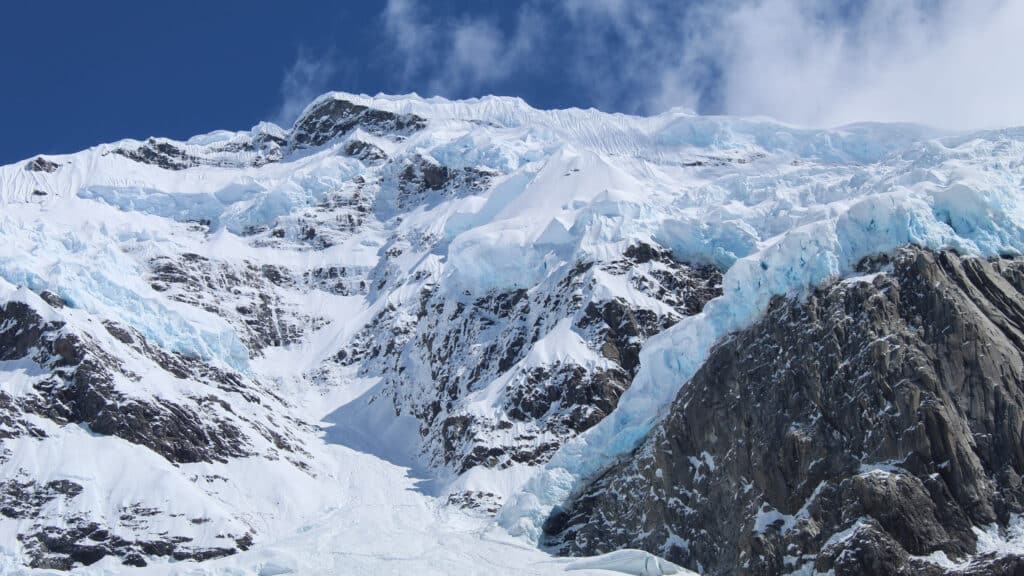
In 2010 Codelco entered the EIA the “Andean Expansion Project 244” reporting the impact of 100 hectares of glaciers (Office No. 111747 – 2010 MMA) which was unacceptable, as it reduced significant water reserves in the Aconcagua River basin, aggravating conflicts with irrigators and the water vulnerability of the Valparaiso region to droughts and climate change. For this reason, the project was withdrawn from the SEIA, re-entered in 2013 and withdrawn again due to citizen rejection, as the authority noted that the expansion would intervene 20 glaciers, affecting 560,900 m2 per excavation and 1,015,400 m2 per sterile under burial, projecting an ice loss equivalent to a reserve of 12,599,000 m3 of fresh water (SEA, 2015). Despite the re-entry to evaluation in 2017, the company does not yet obtain environmental permission, although local actors say the expansion has already begun.
In the Metropolitan Region, Anglo American operates the Los Bronces Mine in the upper basin of the Mapocho and Olivares rivers, the latter a tributary of the Maipo River, which supplies Santiago’s drinking water and irrigates 120 thousand hectares in the Maipo Valley (Sustainable Chile, 2010). Between 1988 and 2005, Anglo American destroyed nearly 1 square kilometer of glaciers in the upper San Francisco River basin, which feeds the Mapocho, causing the loss of 9 million cubic meters of freshwater reserves (Azocar and Brenning, 2008). Anglo’s impact on rocky glaciers is documented, especially on the Infernillo glacier (Contreras e Illanes, 1992; Valenzuela, 2004; Brenning, 2008), which has accelerated the natural advance of the glacier due to the 14 million tons of debris deposited by the miner on its surface (Brenning, 2010). In the san Francisco, Dolores and El Plomo river basins there are 37 rock glaciers (Geoestudios, 2006), which cover an area of 5 km2 in the three basins. But the growth of the mine crack has occupied 0.2 km2 and next to the excavation of the rock glacier for the rajo has reduced the water that the San Francisco River basin provides to the Mapocho River. In 2011 Anglo American continued the expansion of Los Bronces building (without Environmental Impact Study), a megatunnel 9 kilometers long and 4.5 meters in diameter under the La Paloma glacier, in the commune of Barnechea, to the Olivares glacier in San José de Maipo. The work reported by citizen organizations, the Municipality of Barnechea and parliamentarians (La Segunda, Dec. 2011), was never environmentally evaluated. In August 2019, Anglo American introduced the SEIA to a new expansion of Los Bronces, this time with underground exploitation; in the absence of a glacier protection law, citizens again began work to prevent the destruction of glaciers through the single and limited path of commenting on the environmental impact study.
(in State of the Environment in Chile 2019, U. of Chile)



